Home is one of the best places to photograph children. They are in their trusted environment and you can capture them immersed in their activities and interactions, with all kinds of natural expressions.
Yet photographing children indoors can be challenging and frustrating. The main reason is, of course, that young children move a lot, while low light indoor conditions limit your shutter speed. So what are the tips for improving the quality of your indoor child photos?
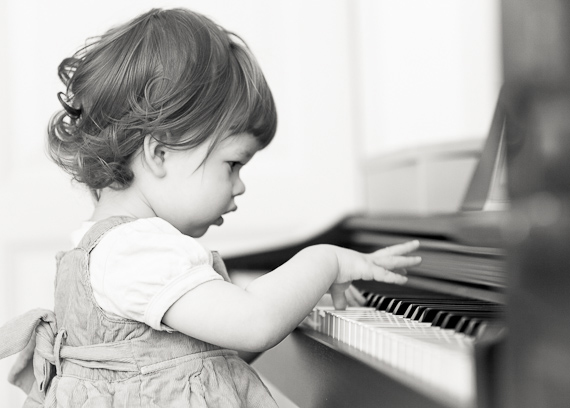
Shoot wide open.
1. Shoot Wide Open
First of all, try to widen your aperture (that is, use smaller f-number). You will let more light into your lens and thus enable higher shutter speed. Shooting at wide apertures will produce shallower depth of field, but that’s desirable for most portraits. There are many prime lenses with wide aperture that won’t cost you a fortune; a 50mm lens is usually the most obvious choice.
2. Increase ISO
ISO is another element of the exposure triangle that allows you to vary aperture and shutter speed. Don’t be afraid to raise the number. Higher ISO means more noise, indeed, so you need to experiment and find out what noise level is acceptable for you. It will depend on your camera sensor, but also on how large your print should be.

Increase your ISO.
There is plenty of software to reduce noise. Also, converting an image to black and white can help specifically against color noise.
3. Check Out Your Focal Length
If you shoot handheld, the longer your focal length (the longer your lens and the closer you zoom), the more camera shake you get. To avoid the blur, you need to reduce your shutter speed depending on your focal length. If you shoot at 70mm, you will need at least 1/80 of a second to obtain sharp images, and for 200mm it will be at least 1/200 of a second.
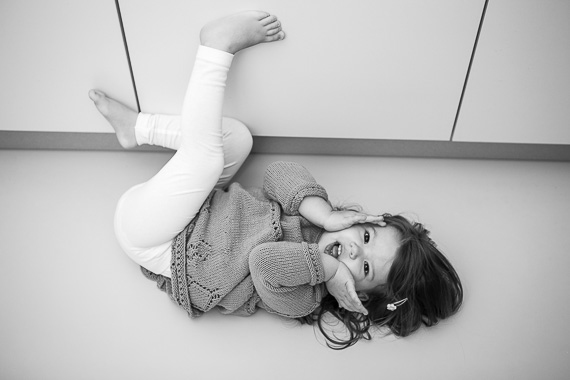
Move in closer.
Not an option in low light? Then try to avoid too much zooming and just come closer.
4. Turn on Image Stabilization
It’s an obvious thing, yet easy to forget. If your lens has built-in image stabilization (vibration reduction), don’t forget to double check that it is on (IS for Canon and VR for Nikon lenses).
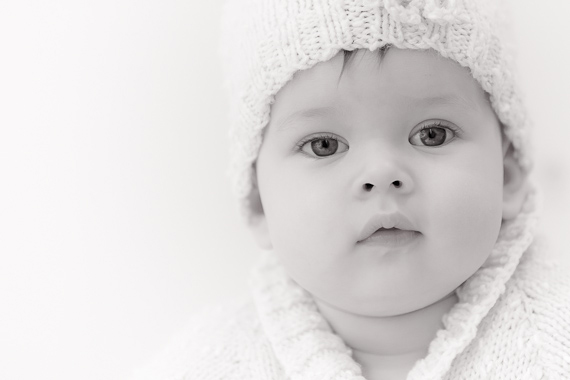
Turn on image stabilization.
5. Clean Your Lens
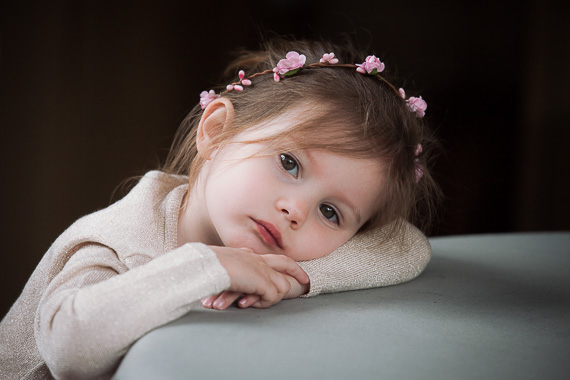
Make sure your lens is not covered in dust. Dirt on the lens can make a lot of difference for how much light enters your lens at a given shutter speed. A UV filter can also reduce the amount of light gathered by your lens (except probably for the best filter brands), and you don’t need it indoors anyway.
6. Search for the Right Light
It is not all about your camera but also about choosing the right lighting for the photo. Better lighting can be as simple as changing your angle a little bit or opening the curtains wider. Windows are a source of beautiful light, and you can be creative with light sources in the dark.
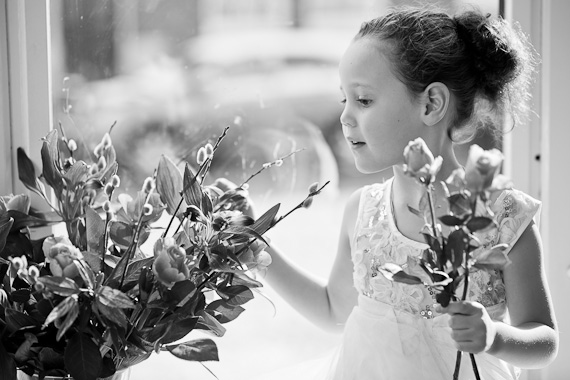
Choose the right light.
7. Use Reflectors and Flash
Photographing indoors doesn’t mean you must be confined to available light only! You can stick to natural light but add one or more reflectors to the scene. These are very affordable but you don’t even need a “real” one, and can make them yourself. Try white cardboard or foam, for example. Place the reflectors so that they face the light source and send this light back to the right spot.
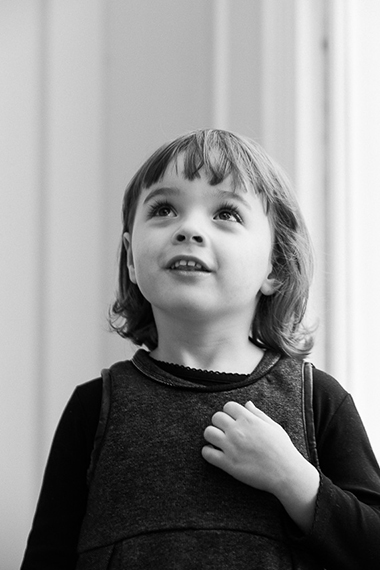
Use flash and reflectors.
We have all seen ugly photos with flash light, but properly used flash is your friend. Built-in flash produces light that is too harsh to get natural-looking indoor portraits. But if this is the only flash you’ve got, consider adding a diffuser to it to soften the light. There are plenty of cheap diffusers for the pop-up flash on the market, but you can also make your own soft screen with some wire and a piece of paper (you can find tutorials online).
External flash offers more control and lots of creative possibilities, especially with the off-camera option. Mastering it is a special story but there are two easy tips for hot-shoe flash to start with. First of all, use manual control to reduce the flash power so that it is just enough for your scene. Second, try shooting indirectly: against the white ceiling or a light wall/reflector to diffuse the light.
8. Work With Movement
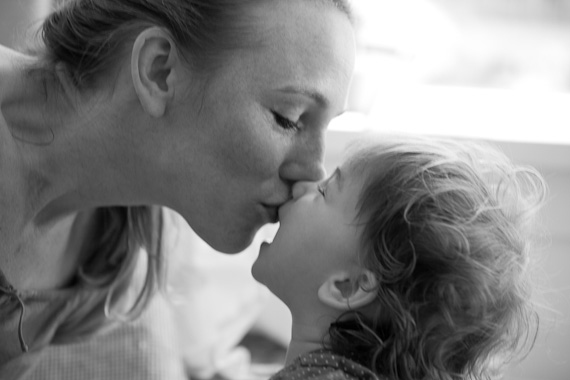
Capture movement.
If your child is not too young and is patient enough you can risk a lower shutter speed and use a tripod to make beautiful indoor portraits. But a creative motion blur at a slow shutter speed can also make an interesting portrait (especially, when you shoot from a tripod with no camera shake). So, why not experiment?
About the Author
Olga Rook is an award-winning fine art and children’s photographer based in Rotterdam, the Netherlands. She specializes in natural and timeless portraits and family reportage. Olga mainly shoots on location using available light.
Like This Article?
Don't Miss The Next One!
Join over 100,000 photographers of all experience levels who receive our free photography tips and articles to stay current:





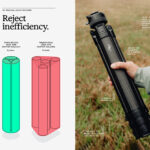
Thanx love the info
Thank you for the tips! Great info!